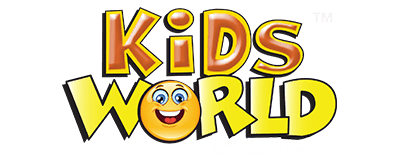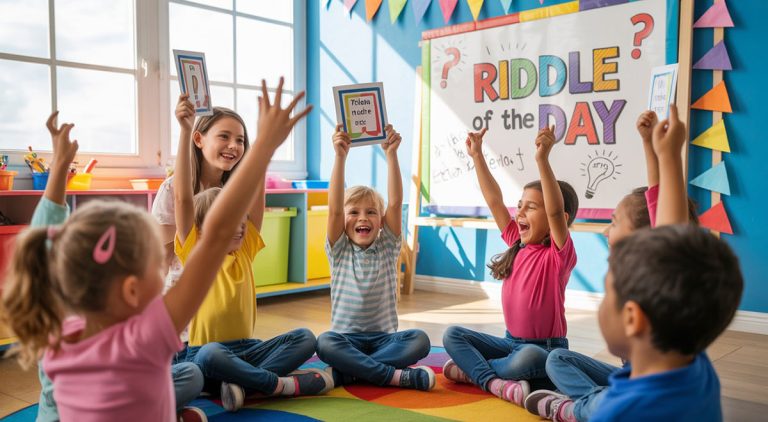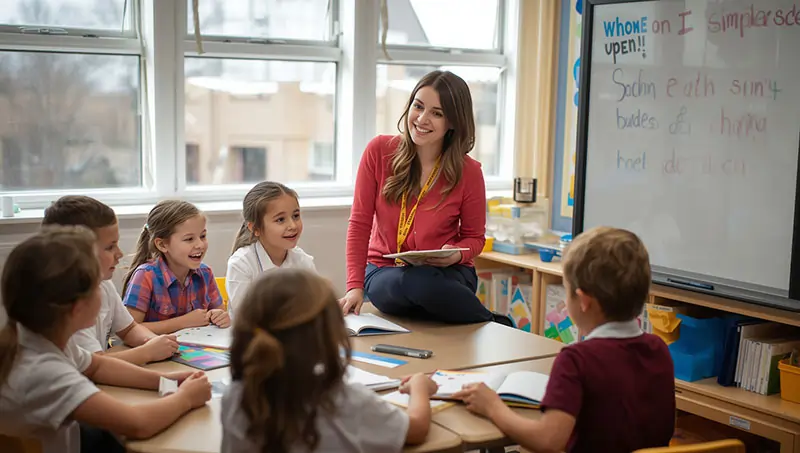Screen Time with Purpose: Online Art Portfolios for IB Primary and Secondary Students
My daughter spent three hours on her iPad yesterday. Three whole hours.
Before you judge my parenting, let me explain what she was actually doing. She photographed her ceramic bowl from twelve different angles. She wrote about why she chose that specific glaze. Then she organized everything into her online portfolio—the same one her art teacher checks every Friday.
Not all screen time is created equal, folks.
When Art Folders Became Ancient History
Last month, I found my old art portfolio in the garage. You know the type—black cardboard, broken zipper, papers sliding out everywhere.
My kids laughed when they saw it. “Did you seriously carry that thing around?”
The thing is, they’re right to laugh. Physical portfolios make zero sense in 2025. Why risk coffee spills and torn corners when everything can live safely in the cloud? Why limit yourself to whoever happens to be in the room when you can share your work with artists in Tokyo or New York?
IB schools figured this out faster than most. Walk into any art room today and you’ll spot the shift. Sure, paint still splatters on tables. Clay still gets stuck under fingernails. But beside every easel sits a phone or tablet, ready to capture work in progress.
The IB learner profile talks about raising risk-takers and communicators. Funny how posting your artwork online hits both those targets. Nothing says risk-taking like letting strangers comment on your self-portrait. Nothing builds communication skills like explaining why you painted your dog purple.
Six-Year-Olds with Portfolios (Yes, Really)
My neighbor’s kid just turned seven. She has her own online art gallery.
Before you roll your eyes, hear me out. She doesn’t manage it alone. Her teacher uploads photos during art class. Her mom helps her record voice notes on weekends. The whole thing takes maybe ten minutes a week.
What started as random finger paintings has morphed into something remarkable. This kid now talks about her “artist journey.” She points out how her trees got more detailed over time. She noticed when she started preferring watercolors to crayons.
The IB primary school Singapore parents rave about does exactly this. Teachers snap photos while the paint is still wet. Students dictate one-sentence reflections while memories stay fresh. Nobody expects Shakespeare—they just want kids thinking about their choices.
Privacy freaks me out too, trust me. That’s why the smart platforms let you lock everything down. Only grandma, grandpa, and Aunt Susan can peek inside. It’s basically Instagram, except instead of selfies, it’s handprint turkeys and construction paper collages.
Picking Your Digital Home Base
Free platforms sound great until your kid’s masterpiece gets compressed into pixelated mush.
I learned this the hard way. We started with a free site that seemed perfect. Six months later, we hit the storage limit. The upgrade cost? More than starting fresh with a proper platform would have cost initially.
Google around for the best art portfolio online Singapore offers, and you’ll drown in options. Some platforms scream “professional artist” with their sleek interfaces and hefty price tags. Others look like they haven’t updated since 2010. The sweet spot sits somewhere in between.
Consider what actually matters. Can it handle large image files without compression? Does it load fast enough that impatient relatives won’t give up? Can your kid update it without calling you for help every time?
Don’t forget video support. Sculpture students need 360-degree views. Performance artists need motion. Even painters benefit from time-lapse recordings of their process.
Safety features matter more than fancy templates. Look for password protection, content moderation, and download restrictions. The prettiest portfolio means nothing if creepy strangers can steal your kid’s work.
More Than Just Dumping Files Online
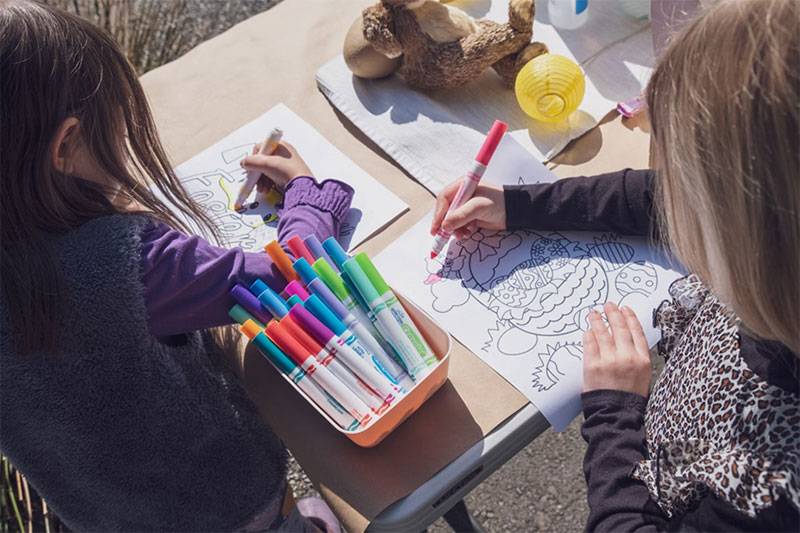
Uploading every single artwork is like keeping every receipt in your wallet. Pointless and overwhelming.
My daughter learned this after uploading forty-seven drawings in one weekend. Her teacher pulled her aside. “Pick your best five,” she said. “Tell me why those five matter.”
That conversation changed everything. Now she thinks before uploading. She asks herself whether each piece shows growth or just repetition. She groups related works into collections instead of scattered individual posts.
Writing artist statements feels like torture at first. Kids stare at blank screens, unsure how to explain why they drew a melting clock or a three-eyed cat. Start simple. “I made this because…” or “This reminds me of…” works fine for beginners.
The process matters as much as the product. That failed attempt where colors bled everywhere? Document it. The sketch that became something completely different? Show the transformation. Universities want to see thinking, not just pretty pictures.
Regular updates beat frantic uploads every time. Set a rhythm—maybe Sunday afternoons or the first Friday each month. Make it routine, like brushing teeth or charging phones. The habit sticks better than grand resolutions about “updating more often.”
Skills That Sneak Up On You
Managing an online portfolio teaches stuff schools forget to cover.
File naming becomes second nature. “IMG_2847.jpg” transforms into “2025_ceramic_bowl_glazetest3.jpg” without anyone explicitly teaching the system. Organization happens naturally when you’re hunting through hundreds of uploads.
Kids develop brutal honesty about their own work. When you’re choosing five pieces from fifty, you can’t pretend everything is equally good. You start noticing which pieces feel forced versus which ones flow naturally.
My son discovered he hates writing about his art almost as much as he loves creating it. But forcing himself to explain his choices improved his regular English essays too. Turns out, describing why you chose blue over green isn’t that different from analyzing why Hamlet hesitates.
Digital presentation becomes instinctive. These kids learn about resolution, aspect ratios, and color profiles without realizing they’re getting technical training. They troubleshoot upload errors and figure out workarounds when websites glitch.
Time management sneaks in through the back door. You can’t photograph wet paint at midnight before tomorrow’s deadline. You learn to document as you go, not after everything’s finished.
Then Secondary School Hits Like a Truck
Secondary school changes everything. Suddenly your kid’s doodles might influence university admissions.
The artwork gets serious. Abstract expressions replace stick figures. Artist statements need actual grammar and coherent thoughts. Teachers start mentioning “curation” and “artistic voice.”
The juggling act gets insane. Between math tests, science projects, and that Shakespeare essay due tomorrow, art sometimes takes a backseat. Parents scramble for solutions – maybe illum.e’s English tuition for Secondary School to free up time, maybe strict schedules that protect creative hours.
Here’s what nobody tells you: building a portfolio works better as a marathon than a sprint. The kid who uploads one piece monthly for four years beats the panic-stricken teen cramming everything into their final semester.
Making This Actually Work (Without Losing Your Mind)

Sunday afternoon, 3 PM. That’s when we do portfolio stuff.
Sounds rigid? Maybe. But it beats the alternative—meaning we never get around to it. The routine removes decision fatigue. No negotiating, no procrastinating, just show up and upload something.
We started with fifteen-minute sessions. Now my kids often continue past our official “portfolio time” because they’re genuinely into organizing their work. Momentum builds when you remove friction from starting.
School projects do double duty. That perspective drawing for art class? It’s going in the portfolio. The poster for the science fair? If it shows design thinking, it counts. The doodles from boring math class? Okay, maybe skip those.
My husband handles the technical stuff. I help with writing. Our younger kid takes photos for her older sister. Everyone has a role, nobody feels overwhelmed, and the portfolio grows steadily.
Burnout is real though. Some months, nothing feels portfolio-worthy. That’s fine. Skip a week or two. The habit matters more than perfect consistency. Just don’t let “taking a break” stretch into abandoning the whole project.
Why This Matters Beyond Pretty Pictures
My friend’s daughter applied to art school last year. While classmates scrambled to create portfolios from scratch, she simply refined what she’d been building since grade seven.
The stress difference was astronomical. She had time to thoughtfully select pieces instead of desperately creating new ones. Her artist statements already existed—they just needed polishing. The technical skills were already solid from years of uploading and organizing.
But here’s the kicker: even kids who never touch art after graduation benefit from this process. They’ve learned to document achievements, present work professionally, and maintain long-term projects. That’s basically every job skill employers want.
The digital footprint thing used to freak me out. Now I see it differently. While other kids have social media histories they’ll cringe at later, mine have professional-looking portfolios showing years of dedication and growth.
These habits transfer everywhere. My daughter now photographs her baking experiments. My son documents his robotics projects. They’ve learned that keeping track of progress isn’t homework—it’s how you level up at anything you care about.
Start Where You Are (Not Where You Think You Should Be)
Tonight, grab your phone and photograph one piece of your kid’s artwork. Just one.
Don’t worry about perfect lighting. Forget about finding the ideal platform. Skip the artist statement for now. Simply take the photo and save it in a folder labeled “Portfolio.” You’ve started.
Next week, add another piece. Maybe write a single sentence about it. “Sarah painted this after visiting the beach.” That counts as documentation. You’re building the habit before worrying about perfection.
Pick any platform to begin. Seriously, even Google Photos works initially. You can always migrate later when you know what features actually matter to your family. The best portfolio is the one that actually gets used, not the theoretically perfect one you never set up.Redefining Success (Hint: It’s Not About Going Viral)
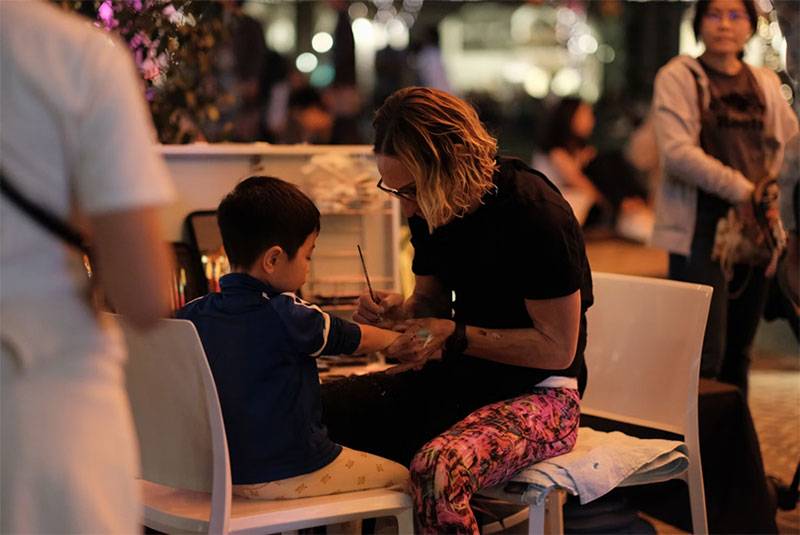
Success isn’t five hundred followers or acceptance to art school. Sometimes success looks like your shy kid explaining their artwork to grandma over video call.
Maybe it’s your teenager discovering they actually enjoy writing about their creative process. Or your eight-year-old noticing how much their handwriting improved since January. These wins matter more than any external validation.
Stop comparing your kid’s portfolio to the ones that look professionally managed. Behind those polished galleries might be stressed kids and overbearing parents. Focus on growth, not competition.
Progress happens in weird spurts. Six months of uploading “boring” work, then suddenly—boom—a breakthrough piece that makes the whole journey worthwhile. Trust the process even when it feels pointless.
The Part Nobody Talks About
Some days, this whole portfolio thing feels like another parenting obligation you’re failing at. Join the club.
We’ve gone months without updating. We’ve accidentally deleted files. We’ve argued about whether that sketch deserves inclusion. We’ve questioned whether anyone actually cares about these digital collections.
But then something shifts. Your kid references their old work while creating something new. They show their portfolio to a friend without prompting. They start seeing themselves as “someone who makes art” rather than just a kid who has art class.
That identity shift—that’s the real magic. Not the portfolio itself, but what building it does to how kids see themselves.
Your Move
Look, I get it. Adding online art portfolios to your already insane parenting task list sounds like punishment.
But you’re already managing screen time battles. You’re already storing kid artwork somewhere (or feeling guilty about throwing it away). You’re already thinking about building skills for their future.
This just combines all three into something productive. Transform mindless scrolling time into portfolio time. Replace artwork storage guilt with organized digital files. Build real skills instead of vague hopes about future readiness.
Start ridiculously small. One photo this week. One sentence next week. One upload next month. Before you know it, your kid has a three-year body of documented creative work.
The screen time struggle isn’t going away. But at least now, some of those hours can build something meaningful. Something that shows growth, encourages reflection, and might even help with university applications down the road.
That’s screen time I can actually feel good about.
